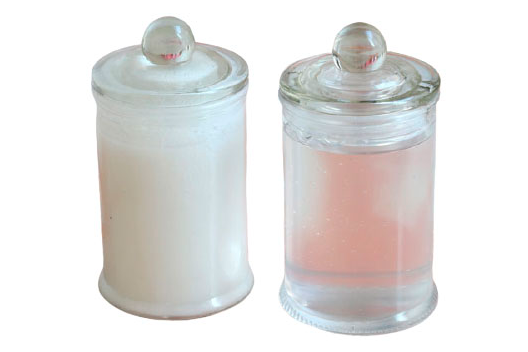- English
- Español
- Português
- русский
- Français
- 日本語
- Deutsch
- tiếng Việt
- Italiano
- Nederlands
- ภาษาไทย
- Polski
- 한국어
- Svenska
- magyar
- Malay
- বাংলা ভাষার
- Dansk
- Suomi
- हिन्दी
- Pilipino
- Türkçe
- Gaeilge
- العربية
- Indonesia
- Norsk
- تمل
- český
- ελληνικά
- український
- Javanese
- فارسی
- தமிழ்
- తెలుగు
- नेपाली
- Burmese
- български
- ລາວ
- Latine
- Қазақша
- Euskal
- Azərbaycan
- Slovenský jazyk
- Македонски
- Lietuvos
- Eesti Keel
- Română
- Slovenski
- मराठी
- Srpski језик
Application of slow rebound cell opener
2023-08-04
A slow rebound foam cell opener is a chemical added during the foam manufacturing process that improves the texture and performance of the foam. The following are the main applications of slow rebound foam cell openers:
Mattresses and pillows: slow rebound foam cell openers are often used to produce high-quality memory foam mattresses and pillows. It creates microscopic air cells in the foam that spring back quickly after compression, providing exceptional support and comfort, adapting to the body's curves and posture.
Cushions and car seats: slow rebound foam cell openers can be used in the production of cushions and car seats to provide long-term sitting comfort. Its rebound properties reduce pressure points and fatigue while maintaining good breathability.
Sports equipment: The slow rebound foam cell opener is also widely used in sports equipment, such as knee pads, elbow pads, wrist pads, etc. It can provide good support and cushioning effect during sports, reduce the pressure on joints and muscles, and reduce the risk of sports injuries.
Medical equipment: In the medical field, the slow rebound foam cell opener can be used to manufacture medical mattresses, seat cushions, orthotics and other products. It provides comfortable support for patients and reduces the occurrence of decubitus and pressure ulcers caused by prolonged bed rest or sitting.
Sound insulation and sound absorption materials: slow rebound foam cell opener can be used in the manufacture of sound insulation and sound absorption materials. The foam added with the cell opening agent has excellent sound absorption performance and sound insulation effect, and can be used in construction, automobile, electronic equipment and other fields to provide good noise control.
Mattresses and pillows: slow rebound foam cell openers are often used to produce high-quality memory foam mattresses and pillows. It creates microscopic air cells in the foam that spring back quickly after compression, providing exceptional support and comfort, adapting to the body's curves and posture.
Cushions and car seats: slow rebound foam cell openers can be used in the production of cushions and car seats to provide long-term sitting comfort. Its rebound properties reduce pressure points and fatigue while maintaining good breathability.
Sports equipment: The slow rebound foam cell opener is also widely used in sports equipment, such as knee pads, elbow pads, wrist pads, etc. It can provide good support and cushioning effect during sports, reduce the pressure on joints and muscles, and reduce the risk of sports injuries.
Medical equipment: In the medical field, the slow rebound foam cell opener can be used to manufacture medical mattresses, seat cushions, orthotics and other products. It provides comfortable support for patients and reduces the occurrence of decubitus and pressure ulcers caused by prolonged bed rest or sitting.
Sound insulation and sound absorption materials: slow rebound foam cell opener can be used in the manufacture of sound insulation and sound absorption materials. The foam added with the cell opening agent has excellent sound absorption performance and sound insulation effect, and can be used in construction, automobile, electronic equipment and other fields to provide good noise control.
It should be noted that when using the slow rebound foam cell opener, it should be operated in accordance with the relevant process requirements and usage guidelines to ensure the quality and safety of the product.

Previous:PU pigment color matching skills



